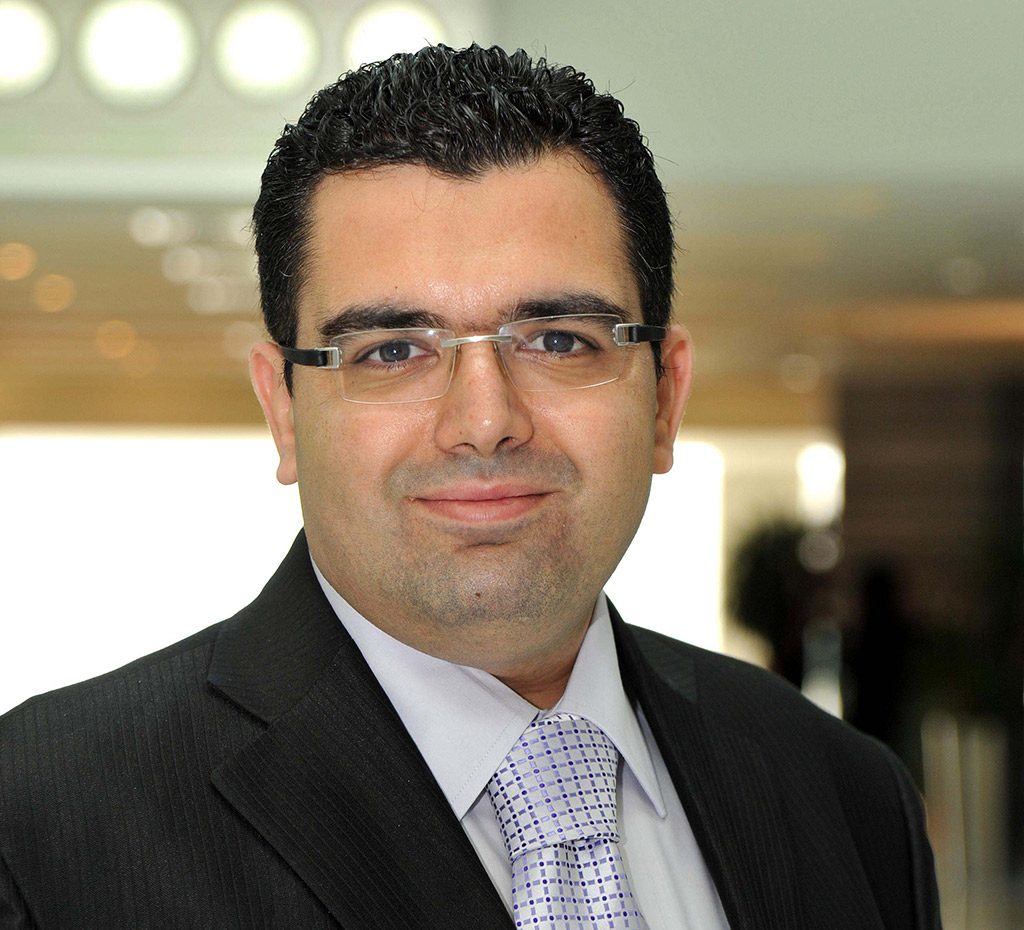Affordable housing in Saudi: Mohamad Rabih Itani
Ownership of affordable housing in Saudi Arabia has been the subject of heated discussions among leaders, experts, and the masses in the Kingdom. The main theme of the debates and dialogues is the fact that demand from the low-  and middle-class segments of society is quickly outstripping the supply of inexpensive housing units. It is a challenge that requires both short- and long-term solutions attainable through continuous collaborative efforts between the public and private sectors. Their partnerships are especially crucial given that experts are not expecting a slowdown in demand any time soon.
and middle-class segments of society is quickly outstripping the supply of inexpensive housing units. It is a challenge that requires both short- and long-term solutions attainable through continuous collaborative efforts between the public and private sectors. Their partnerships are especially crucial given that experts are not expecting a slowdown in demand any time soon.
With the affordable housing deficit projected to reach about two million units over the next 10 years, it is a tall order to keep up with the strong demand. The increasing Saudi population, which quadrupled to around 30 million over the past four decades, is the key growth driver. However, only 30% of citizens are currently homeowners and this can be attributed, among others, to the fairly young Saudi population – a large segment of who are under 30 with low financial capabilities. Couple these factors with a high urbanisation rate and a significant drop in household size, and the result is a degree of demand that continues to steadily ascend.
Further compounding the situation is the lack of available land for housing projects. Many of the prime plots are owned by the Kingdom’s wealthiest families who see their properties as a long-term investment and thus have no plans of developing their lands at a high expense.
The Saudi Government has moved to bolster its programmes and initiatives over the past years to address the housing shortfall. In the first half of 2014, approximately 11,000 residential units were completed, bringing the total existing stock to an estimated 944,000 units. About 74,000 new homes are expected to enter the market by the end of 2016.
The country also launched a 700,000sqm low-cost housing development in Al Jammom in November of 2014, while two prime areas in Jeddah have been allocated for mega property developments spanning 31 million square meters. Many new projects – both affordable and luxury housing – are expected to be launched in the next five years across the country.
Aside from constructing new affordable housing stocks, the Ministry of Housing has been allocating pieces of land and unveiling financial schemes for Saudi families living in rented accommodations as well. On idle, underdeveloped lands, meanwhile, many owners – upon the urging of the Saudi Government – are now either selling or developing their properties to capitalize on the flourishing real estate sector now valued at more than SAR 1.3 trillion.
With increased activities and strong government support to the property segment, Saudi Arabia has been generating significant interest from private investors and developers. Strategic changes in the sector, high demand, demographics, and rapid infrastructure and economic developments are leading to more substantial opportunities.
We at Best Choice believe that the Kingdom still has to narrow down the gap between housing demand and supply. In the process of resolving the housing shortage, the local property market will continue to grow further through the government’s strategic measures and policies and continuous collaborations with the private sector.
The local industry provides many opportunities not only for developers but also for construction companies as well. It is important for the government to continuously inject new energy into the sector in order to sustain this growth as well as the private sector’s confidence.





